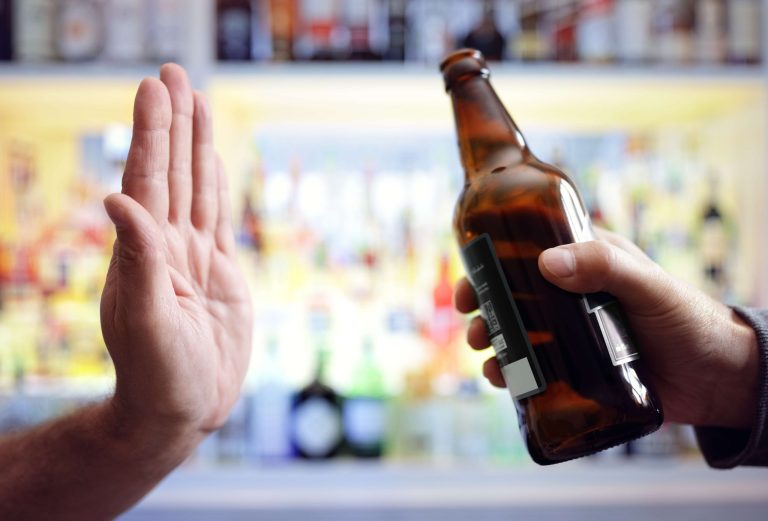Addiction Recovery: Seven Great Art Project Ideas
Encumbrance accounting Definition
June 16, 2021Sports entertainment Content From Site 3
February 10, 2022In fact, Farrell-Kirk (2001) states that “the use of boxes to enclose and conceal contents, create a new realm of space, and unite opposites makes the box effective in therapy. Due to the symbolic value of these characteristics, the box has been utilized throughout art history. This presence in art history is one of the characteristics contributing to the effectiveness of the box as a tool for art therapy” (p. 88).
- Using art can be an effective tool in helping you communicate your feelings without words.
- A fragment of someone else’s drawing must be integrated into your work.
- Once the colors have dried, apply different colors to each circle to see what the new color will look like.
There are more ways than I list here for one to express themselves since “art” is a broad term and can be used to describe all manner of expression. In the end, it is up to the individual to find what manner of self-expression benefits them or fits their character. It is strongly encouraged that one seeks professional 20 Natural Alcohol Detox Supplements and Vitamins help first and then works with that professional to find an art form that fits them best. Join 40,000+ People Who Receive Our Newsletter Get valuable resources on addiction, recovery, wellness, and our treatments delivered directly to your inbox. The patient must be ready and willing to try it.
What is art therapy?
You might be surprised that on some days I wake up wondering what the heck art therapy is because so much misinformation about it abounds on a Google search. To counteract the media, my intention is to both help you understand what art therapy is about and why it complements and enhances traditional verbal therapy approaches to treatment. This is a short list of guidelines, with one more post to come—the altered book as a visual journaling practice. According to art therapist and former National Institutes of Health researcher Harriet Wadeson, an altered book is a form of journaling practice for exploring an altered life. Like all visual journaling, it is a powerful way to tell your story as well as re-story the dominant narratives of your life.
I came up with this art therapy directive while working with a parent who was stuck in a pattern of self-defeating thoughts and behaviors. Her meaning around her ability to be a good mom was wrapped up in guilt about her past drug use. Her immense guilt seemed to rule her decision-making more often than not, and it seemed to extinguish any instincts she may have felt with regard to self-care. You could also have your client craft their own box out of cardstock or cardboard, too. For many containment art directives, the process of building the box from scratch can have immense therapeutic value, in and of itself. Feelings and associations related to the pain can get jammed up, repressed, or acted out/expressed in less than desirable ways.
Art Therapy For Recovery Ideas
I am also not going talk about the use of art to evaluate or assess emotional or other disorders; that is a topic both fascinating and controversial and a subject for another blog series. This website is using a security service to protect itself from online attacks. The action you just performed triggered the security solution. There are several actions that could trigger this block including submitting a certain word or phrase, a SQL command or malformed data. In recovery, Cosky said he has been able to purchase all the music equipment he previously sold off to buy heroin.

You will need glue and scissors, too. Rather than explore the details of her experiences, I asked Sydney to depict the wall that got built as a result of those events. Since creativity is stifled by addiction, it stands to reason that reviving creativity is frequently crucial to overcoming addiction. Examine aspects if who you are and how you see the world through these art projects. If you prefer to cut and paste rather than draw or paint, these projects are for you.
Top Ten Art Therapy Visual Journaling Prompts
In the chapter on using art in counseling, Gladding and Newsome (2007) describe a solution-focused bridge drawing. Sometimes the clients we work with come to therapy because somewhere along the way, they got stuck in a life transition. For some reason, they couldn’t quite navigate the developmental milestone, and they got stuck.

Music encourages positive emotions, increased self-esteem, increased focus, and increased relaxation. Art therapy, in general, has been viewed as a holistic and alternative approach to addiction recovery, but music has been making a bigger mainstream splash lately. This splash is not just in the addiction recovery field, it is also showing promising benefits in the treatment of Alzheimer’s, Parkinson’s, stroke, and depression.
The same is true with art therapy. If you choose to participate with a good attitude and open mind, you’ll get something out of it. The focus of these sessions is never on artistic skill or developing talent – it’s not even about creating something aesthetically pleasing.
Recovery can spark feelings of gratitude for those who helped you get where you are. Making your own thank-you cards by painting, drawing or embellishing a stack of blank cards will make a lasting impact on you and recipient. https://trading-market.org/top-10-best-sober-living-homes-in-boston-ma-2/ Similar to a memory jar, a self-care box holds small trinkets or scraps of paper. You can make one by creating, painting and decorating a wood box. Then, you can add items that represent your idea of self-care.
